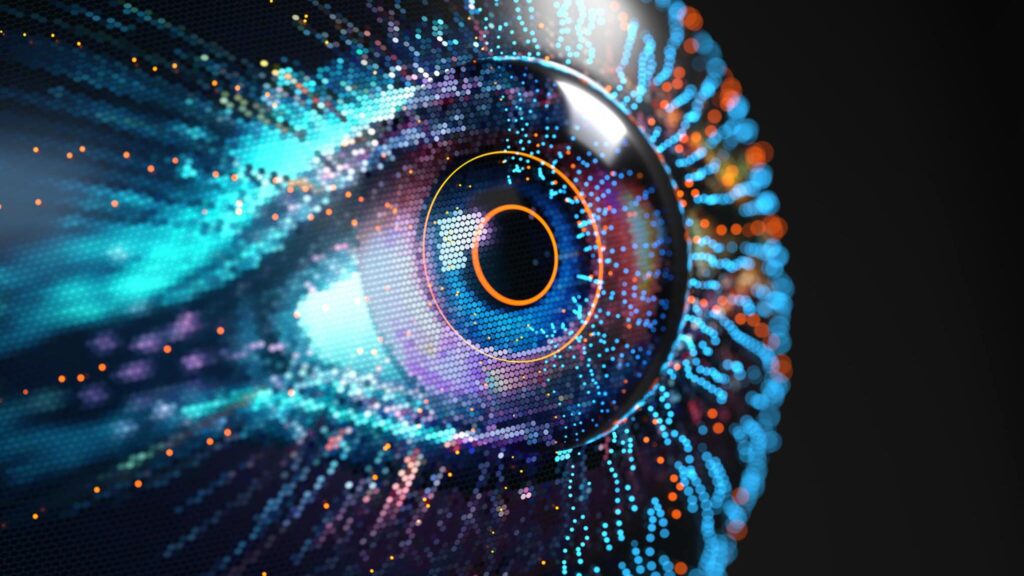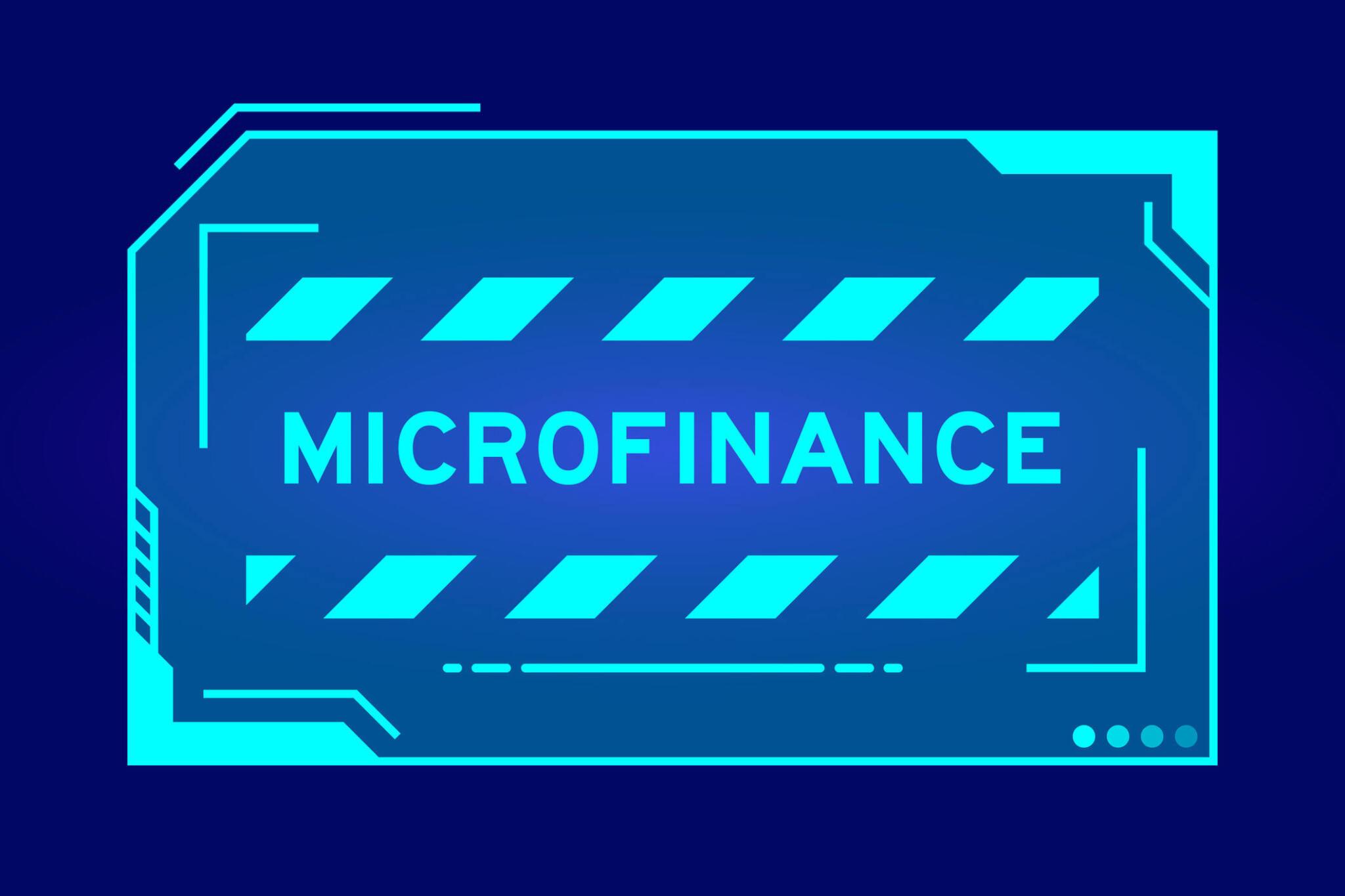India, a nation pulsating with vibrant diversity, grapples with a persistent challenge: financial exclusion. Millions remain trapped in the shadows of the formal financial system, lacking access to basic financial services like loans, savings accounts, and insurance. This exclusion acts as a formidable roadblock to economic growth and perpetuates cycles of poverty and inequality. However, amidst this landscape of disparity, a glimmer of hope emerges – the confluence of microfinance and the digital revolution.
Microfinance: A Lifeline for the Underserved
Microfinance, the provision of financial services to low-income individuals and groups, has been a beacon of empowerment for millions in India. Traditionally delivered through Self-Help Groups (SHGs), where women pool resources and provide loans to each other, microfinance has reached the remotest corners and empowered women, the bedrock of many Indian families. As of 2021, India boasts over 100 million SHG members, a testament to the sector’s impact.
Digital Revolution: Redefining Microfinance
The digital era has ushered in a transformative wave for microfinance. Mobile phone and internet penetration have surged, opening up new avenues for delivering financial services. Fintech startups are weaving a digital tapestry with innovative mobile apps and platforms that allow individuals to access loans, make payments, and manage their finances directly from their phones. This has dismantled the geographical barriers and cost constraints that previously hindered access, making financial inclusion a tangible reality even for the most marginalized communities.
Policy Catalysts for Digital Inclusion:
- Jan Dhan Yojana (2014): This government initiative aimed to provide every Indian with a bank account. Its success, with over 450 million accounts opened as of 2021, laid the foundation for digital financial services.
- Aadhaar: This unique biometric identification system facilitated KYC procedures, eliminating cumbersome paperwork and simplifying access for the unbanked. Over 1.2 billion Aadhaar cards issued stand as a testament to its reach.
- Unified Payments Interface (UPI): This instant payment system revolutionized digital transactions with over 10 billion transactions processed in December 2023 alone. It has empowered individuals with cashless convenience, further boosting financial inclusion.

Benefits of Digital Microfinance:
- Democratization of Access: Digital platforms have expanded financial inclusion, reaching rural areas and marginalized communities that were previously excluded. As of 2023, over 80% of active microfinance borrowers access loans through digital channels.
- Cost Efficiency: Technology has significantly reduced the cost of delivering financial services, making them more affordable for low-income individuals. The average loan size through microfinance institutions (MFIs) has risen to ₹50,000, reflecting increased affordability and impact.
- Enhanced Transparency: Digital platforms offer greater transparency in transactions, reducing the risk of fraud and exploitation. This builds trust and encourages responsible financial behavior.
- Women’s Empowerment: Digital microfinance has been a game-changer for women, providing them with financial independence and agency. Studies show that women who participate in SHGs have higher incomes and greater decision-making power within their households.
Challenges and Opportunities:
Despite the significant progress, digital microfinance faces its own set of challenges. The digital divide persists, with millions still lacking smartphones or internet access. Data privacy concerns and low financial literacy levels require careful attention.
However, the opportunities are immense. Continued investments in digital infrastructure, development of user-friendly financial products in local languages, and targeted financial literacy initiatives can bridge the digital divide and empower millions.
Tailoring the Message:
- For policymakers: Advocate for policies that promote financial literacy, bridge the digital divide, and incentivize responsible lending practices within the microfinance sector.
- For financial institutions: Encourage collaboration with fintech startups and MFIs to develop innovative digital products and expand outreach to underserved communities.
- For NGOs: Focus on building financial literacy programs, providing digital skills training, and advocating for responsible microfinance practices to ensure sustainable impact.
Looking Ahead:
The convergence of microfinance and digital technology presents a transformative pathway for India’s economic future. By addressing the challenges and capitalizing on the opportunities, India can empower its citizens, unlock the full potential of its economy, and build a more inclusive and equitable society.
Statistics to Consider:
- As of 2023, India has over 55 million active microfinance borrowers, representing over 7% of the population.
- The microfinance industry in India boasts over 12,000 MFIs and 1,500 fintech startups.
- Digital transactions through UPI exceeded ₹100 trillion in 2023, highlighting the rapid adoption of digital payments.
- Studies suggest that digital microfinance can increase household income by up to 2 times.

